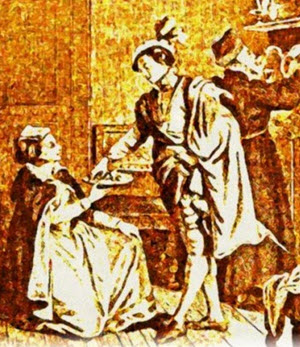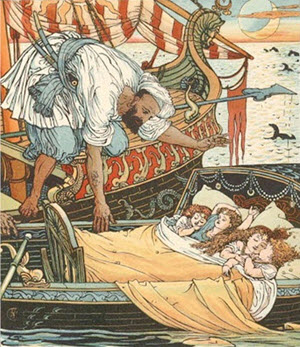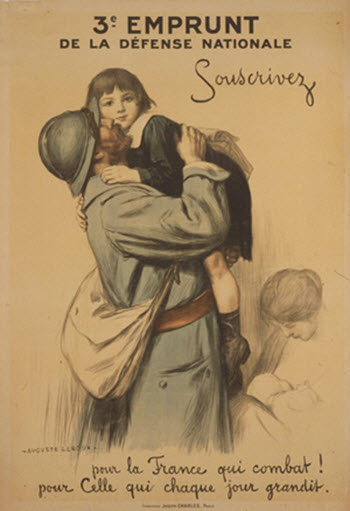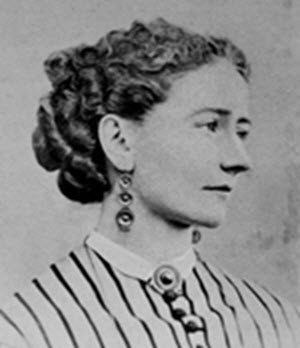Home > Secret Rooms and Hiding Places > >
Chapter: [1] [2] [3] [4] [5] [6] [7] [8] [9] [10] [11] [12] [13] [14] [15] [16] [17]
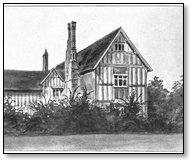
The hiding-place
The hiding-place
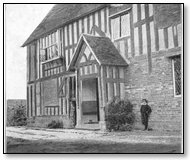
HUDDINGTON COURT, WORCESTERSHIRE
HINDLIP HALL
The capture of Father Garnet and "Little John" with two others, Hall and Chambers, at Hindlip, as detailed in a curious manuscript in the British Museum, gives us an insight into the search-proof merits of Abingdon's mansion. The document is headed: "A true discovery of the service performed at Hindlip, the house of Mr. Thomas Abbingdon, for the apprehension of Mr. Henry Garnet, alias Wolley, provincial of the Jesuits, and other dangerous persons, there found in January last, 1605," and runs on:—
"After the king's royal promise of bountiful reward to such as would apprehend the traitors concerned in the Powder Conspiracy, and much expectation of subject-like duty, but no return made thereof in so important a matter, a warrant was directed to the right worthy and worshipful knight, Sir Henry Bromlie; and the proclamation delivered therewith, describing the features and shapes of the men, for the better discovering them. He, not neglecting so a weighty a business, horsing himself with a seemly troop of his own attendants, and calling to his assistance so many as in discretion was thought meet, having likewise in his company Sir Edward Bromlie, on Monday, Jan. 20 last, by break of day, did engirt and round beat the house of Mayster Thomas Abbingdon, at Hindlip, near Worcester. Mr. Abbingdon, not being then at home, but ridden abroad about some occasions best known to himself; the house being goodlie, and of great receipt, it required the more diligent labour and pains in the searching. It appeared there was no want; and Mr. Abbingdon himself coming home that night, the commission and proclamation being shown unto him, he denied any such men to be in his house, and voluntarily to die at his own gate, if any such were to be found in his house, or in that shire. But this liberal or rather rash speech could not cause the search so slightly to be given over; the cause enforced more respect than words of that or any such like nature; and proceeding on according to the trust reposed in him in the gallery over the gate there were found two cunning and very artificial conveyances in the main brick-wall, so ingeniously framed, and with such art, as it cost much labour ere they could be found. Three other secret places, contrived by no less skill and industry, were found in and about the chimneys, in one whereof two of the traitors were close concealed. These chimney-conveyances being so strangely formed, having the entrances into them so curiously covered over with brick, mortared and made fast to planks of wood, and coloured black, like the other parts of the chimney, that very diligent inquisition might well have passed by, without throwing the least suspicion upon such unsuspicious places. And whereas divers funnels are usually made to chimneys according as they are combined together, and serve for necessary use in several rooms, so here were some that exceeded common expectation, seeming outwardly fit for carrying forth smoke; but being further examined and seen into, their service was to no such purpose but only to lend air and light downward into the concealments, where such as were concealed in them, at any time should be hidden. Eleven secret corners and conveyances were found in the said house, all of them having books, Massing stuff, and Popish trumpery in them, only two excepted, which appeared to have been found on former searches, and therefore had now the less credit given to them; but Mayster Abbingdon would take no knowledge of any of these places, nor that the books, or Massing stuff, were any of his, until at length the deeds of his lands being found in one of them, whose custody doubtless he would not commit to any place of neglect, or where he should have no intelligence of them, whereto he could [not] then devise any sufficient excuse.

HINDLIP HALL, WORCESTERSHIRE
Three days had been wholly spent, and no man found there all this while; but upon the fourth day, in the morning, from behind the wainscot in the galleries, came forth two men of their own voluntary accord, as being no longer able there to conceal themselves; for they confessed that they had but one apple between them, which was all the sustenance they had received during the time they were thus hidden. One of them was named Owen, who afterwards murdered himself in the Tower; and the other Chambers; but they would take no other knowledge of any other men's being in the house. On the eighth day the before-mentioned place in the chimney was found, according as they had all been at several times, one after another, though before set down together, for expressing the just number of them.
"Forth of this secret and most cunning conveyance came Henry Garnet, the Jesuit, sought for, and another with him, named Hall; marmalade and other sweetmeats were found there lying by them; but their better maintenance had been by a quill or reed, through a little hole in the chimney that backed another chimney into the gentlewoman's chamber; and by that passage candles, broths, and warm drinks had been conveyed in unto them.
"Now in regard the place was in so close... and did much annoy them that made entrance in upon them, to whom they confessed that they had not been able to hold out one whole day longer, but either they must have squeeled, or perished in the place. The whole service endured the space of eleven nights and twelve days, and no more persons being there found, in company with Mayster Abbingdon himself, Garnet, Hill [Hall], Owen, and Chambers, were brought up to London to understand further of his highness's pleasure."
That the Government had good grounds for suspecting Hindlip and its numerous hiding-places may be gathered from the official instructions the Worcestershire Justice of the Peace and his search-party had to follow. The wainscoting in the east part of the parlour and in the dining-room, being suspected of screening "a vault" or passage, was to be removed, the walls and floors were to be pierced in all directions, comparative measurements were to be taken between the upper and the lower rooms, and in particular the chimneys, and the roof had to be minutely examined and measurements taken, which might bring to light some unaccounted-for space that had been turned to good account by the unfortunate inventor, who was eventually starved out of one of his clever contrivances.
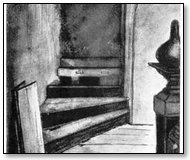
ENTRANCE PORCH, HUDDINGTON COURT
Only shortly before Owen had had a very narrow escape at Stoke Poges while engaged in constructing "priests' holes" at the Manor House. The secluded position of this building adapted it for the purpose for which a Roman Catholic zealot had taken it. But this was not the only advantage. The walls were of vast thickness and offered every facility for turning them to account. While "Little John" was busily engaged burrowing into the masonry the dreaded "pursuivants" arrived; but somehow or other he slipped between their fingers and got away under cover of the surrounding woods.
The wing of this old mansion which has survived to see the twentieth century witnessed many strange events. It has welcomed good Queen Bess, guarded the Martyr King, and refused admittance to Dutch William. A couple of centuries after it had sheltered hunted Jesuits, a descendant of William Penn became possessed of it, and cleared away many of the massive walls, in some of which—who can tell?—were locked up secrets that the rack failed to reveal—secrets by which Owen "murdered himself" in the Tower!
One of the hiding-places at Hindlip, it will be remembered, could be supplied with broth, wine, or any liquid nourishment through a small aperture in the wall of the adjoining room. A very good example of such an arrangement may still be seen at Irnham Hall, in Lincolnshire.[1] A large hiding-place could thus be accommodated, but detection of the narrow iron tube by which the imprisoned fugitive could be kept alive was practically impossible. A solid oak beam, forming a step between two bedrooms, concealed a panel into which the tube was cunningly fitted and the step was so arranged that it could be removed and replaced with the greatest ease.[2]
[Footnote 1: The fire which destroyed a wing of Irnham Hall a few years ago fortunately did not touch that part of the building containing a hiding-place.]
[Footnote 2: Harvington Hall, mentioned hereafter, has a contrivance of this kind.]
The hiding-place at Irnham (which measures eight feet by five, and about five feet six inches in height) was discovered by a tell-tale chimney that was not in the least blackened by soot or smoke. This originally gave the clue to the secret, and when the shaft of the chimney was examined, it was found to lead direct to the priest's hole, to which it afforded air and light.
Had not the particular hiding-place in which Garnet and his companions sought shelter been discovered, they could well have held out the twelve days' search. As a rule, a small stock of provisions was kept in these places, as the visits of the search parties were necessarily very sudden and unexpected. The way down into these hidden quarters was from the floor above, through the hearth of a fireplace, which could be raised an lowered like a trap-door.[1]
[Footnote 1: See Fowlis's Romish Treasons.]
In a letter from Garnet to Ann Vaux, preserved in the Record Office, he thus describes his precarious situation: "After we had been in the hoale seven days and seven nights and some odd hours, every man may well think we were well wearyed, and indeed so it was, for we generally satte, save that some times we could half stretch ourselves, the place not being high eno', and we had our legges so straitened that we could not, sitting, find place for them, so that we both were in continuous paine of our legges, and both our legges, especially mine, were much swollen. We were very merry and content within, and heard the searchers every day most curious over us, which made me indeed think the place would be found. When we came forth we appeared like ghosts."[2]
[Footnote 2: State Papers, Domestic (James I.).]
There is an old timber-framed cottage near the modern mansion of Hindlip which is said to have had its share in sheltering the plotters. A room is pointed out where Digby and Catesby concealed themselves, and from one of the chimneys at some time or another a priest was captured and led to execution.

